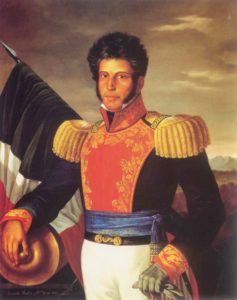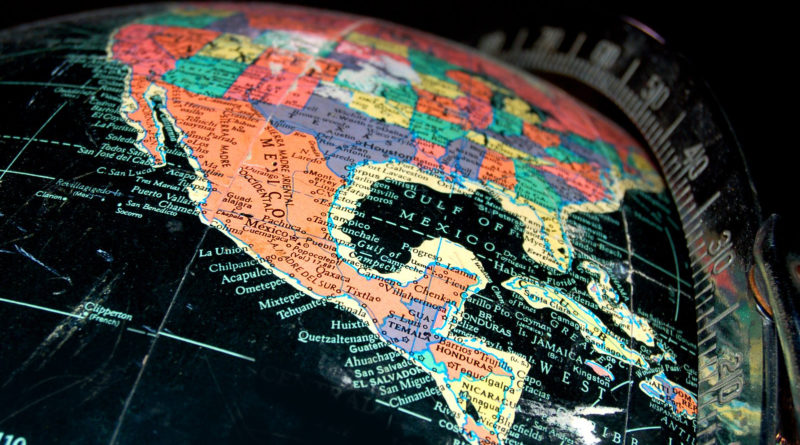Mexico’s Underground Railroad
US slaves found freedom and safety in Mexico via the underground railroad
By Kristina Morgan
Mexico doesn’t usually come up when speaking of slavery, but the truth is that the underground railroad ran north AND south. There were many slaves in the US who dreamed of freedom but Canada seemed a lifetime away. Fortunately for them however, slavery was illegal in Mexico.
In 1829, Mexico became the first country in North America to abolish slavery. It would not be abolished in Canada for 5 more years, in 1934, and not abolished in the United States for 33 more years, in 1862.

Vicente Guerrero, was the second president of Mexico. He is credited with abolishing slavery and is a great source of pride for the Mexican people. Guerrero was an an Afro-Indian, being the grandson of an African slave brought to Mexico during colonial times. This means that Mexico–not the US– had the first black president in North America.
Stories about the slaves who floated to Mexico across the Rio Grande River on bales of cotton inspired other slaves to find their way south. Although, it isn’t highly likely that many slaves found their way safely to Mexico this way, the imagery lent itself to hope and desperation.
Mexicans in Texas, or Tejanos as they came to be called, and white American abolitionists laid their lives on the line to help an estimated 5,000-10,000 slaves find their freedom south of the US-Mexican border. Slaves from as far away as North Carolina, Mississippi, Alabama and Louisiana found their way to safety in Mexico via the “underground railroad.”
Frustrated that slaves were escaping to Mexico, the United States implored Mexico to sign a fugitive slave treaty. But Mexico refused, declaring that slaves were free the moment they set foot on Mexican soil. Mexico also constitutionally banned any intentional extradition treaty covering individuals who had been slaves.
Indians were also known for taking in and protecting runaway slaves. The Seminole Indians successfully petitioned the Mexican government for land in Coahuila, Mexico, which was granted. This land, now known as the town of El Nacimiento, still belongs to former slaves’ descendants who live there to this day.
Today, Mexico’s Afro-Mexican population is estimated at 450,000. Their influence can be seen in the food, dance, art and music of Mexico. Chances are you’ve heard a Marimba (a wooden keyboard type instrument struck with mallets) which originated in Africa, while you’ve been in Mexico. Today’s Mexican people are a blend of Indian, European and African ancestors.
Mexico has forever been shaped by the Africans seeking freedom who were welcomed and protected by Mexico and the people who helped them find their way home through the southern underground railroad.
***
ABOUT THE AUTHOR: Kristina Morgan
Kristina has lived in Mexico and the Lake Chapala area for 18 years. Three of her four children were born and raised here, and she once served as a Relocation Specialist and Public Relations Director for Focus on Mexico while living at Lakeside. Kristina is a Licensed General Contractor, and a Licensed Real Estate Broker. She is currently working as a co-broker at Lake Chapala Real Estate in Ajijic.


